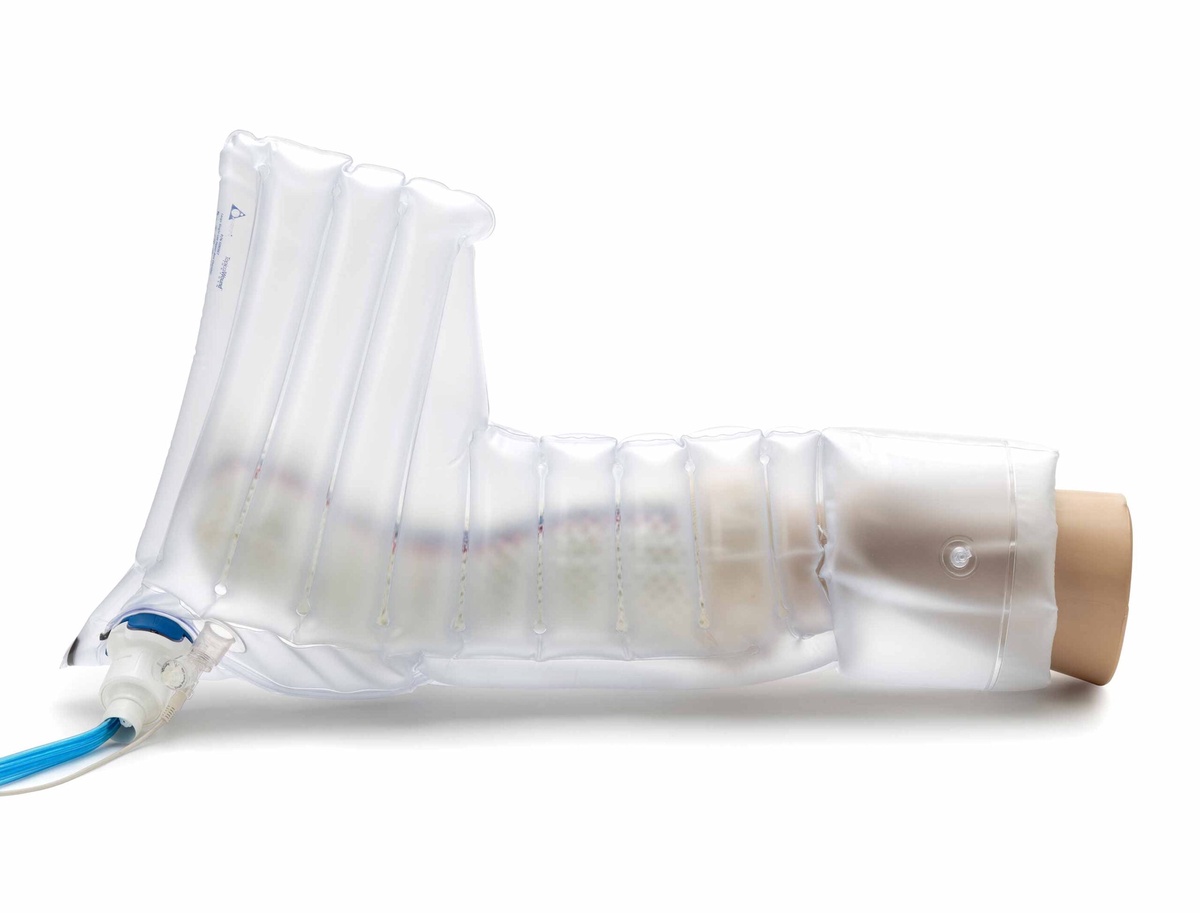Leg ulcers are a common and often debilitating condition that affects many individuals worldwide. They can arise from various underlying causes, leading to different leg ulcers, including stasis ulcers, arterial leg ulcers, and venous ulcers. Each type has distinct characteristics, causes, and treatment approaches. Understanding these differences is crucial for proper diagnosis and effective management.
Stasis Ulcers:
Stasis ulcer, also known as venous stasis ulcers or varicose ulcers typically occur due to venous insufficiency. Venous insufficiency happens when the veins in the legs fail to adequately return blood to the heart, leading to blood pooling in the lower extremities. Over time, this can cause increased pressure and damage to the skin, resulting in the formation of stasis ulcers.
Characteristics:
Location: Stasis ulcers often appear on the lower part of the legs, usually around the ankles.
Appearance: These ulcers are characterized by shallow, irregularly shaped wounds with a red or yellowish base.
Pain: Patients may experience pain, especially when standing or walking, and may notice swelling in the affected leg.
Venous stasis ulcer: The Best provider of a person's quality of life
Causes:
Chronic venous insufficiency is the primary cause of stasis ulcers. It can result from deep vein thrombosis (DVT), varicose veins, or obesity.
Prolonged standing or sitting can contribute to the development of venous stasis ulcer.
Treatment:
Compression therapy: Compression stockings help reduce swelling and improve blood circulation.
Elevation: Elevating the legs can aid in reducing swelling and promoting blood flow.
Wound care: Proper wound care, including cleaning and dressing changes, is essential for healing.
Arterial Leg Ulcers:
Arterial leg ulcers, or ischemic ulcers, occur due to poor blood circulation in the arteries. This can result from atherosclerosis, peripheral artery disease (PAD), or other conditions restricting blood flow to the legs.
Arterial leg ulcers, or ischemic ulcers, occur due to poor blood circulation in the arteries.
Characteristics:
Location: Arterial leg ulcers typically develop on the feet or toes.
Appearance: These ulcers are often deep, with well-defined borders and a pale or necrotic (dead tissue) base.
Pain: Patients may experience severe pain, particularly during rest or at night.
Causes:
Atherosclerosis: Buildup of fatty deposits in the arteries, limiting blood flow.
Peripheral artery disease: Narrowing or blockage of the arteries that supply blood to the legs.
Treatment:
Revascularization procedures: Surgery or minimally invasive procedures to restore blood flow.
Medications: Blood-thinning medications and drugs to manage underlying conditions.
Wound care: Regular monitoring and specialized wound care to promote healing.
Venous Ulcers:
Venous ulcer encompasses a broader category, including stasis ulcers and other ulcers resulting from venous insufficiency. Chronic venous insufficiency leads to increased pressure in the veins, causing damage to the skin and underlying tissues.
Characteristics:
Location: Venous ulcers are commonly found around the ankles but can occur on any part of the leg.
Appearance: Shallow wounds with irregular edges and a red or yellowish base.
Pain: Patients may experience aching or throbbing pain in the affected leg.
Treatment:
Compression therapy: Graduated compression stockings to improve venous return.
Wound care: Cleaning, dressing changes, and moisture management for optimal healing.
Conclusion:
Leg ulcers can significantly impact a person's quality of life, and a proper understanding of the underlying causes is crucial for effective management. Stasis ulcers, arterial leg ulcers, and venous ulcers all require tailored approaches to treatment. Early diagnosis and a multidisciplinary approach involving vascular specialists, wound care specialists, and nurses are vital in promoting healing and preventing complications associated with these challenging conditions.


No comments yet